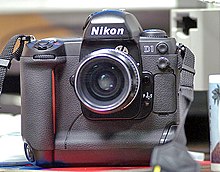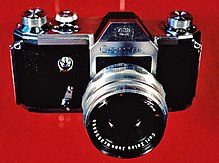Visual journalists and those who manage visual news productions are accountable for upholding the following standards in their daily work:
- Be accurate and comprehensive in the representation of subjects.
- Resist being manipulated by staged photo opportunities.
- Be complete and provide context when photographing or recording subjects. Avoid stereotyping individuals and groups. Recognize and work to avoid presenting one's own biases in the work.
- Treat all subjects with respect and dignity. Give special consideration to vulnerable subjects and compassion to victims of crime or tragedy. Intrude on private moments of grief only when the public has an overriding and justifiable need to see.
- While photographing subjects do not intentionally contribute to, alter, or seek to alter or influence events.
- Editing should maintain the integrity of the photographic images' content and context. Do not manipulate images or add or alter sound in any way that can mislead viewers or misrepresent subjects.
- Do not pay sources or subjects or reward them materially for information or participation.
- Do not accept gifts, favors, or compensation from those who might seek to influence coverage.
- Do not intentionally sabotage the efforts of other journalists.
Ideally, visual journalists should:
- Strive to ensure that the public's business is conducted in public. Defend the rights of access for all journalists.
- Think proactively, as a student of psychology, sociology, politics and art to develop a unique vision and presentation. Work with a voracious appetite for current events and contemporary visual media.
- Strive for total and unrestricted access to subjects, recommend alternatives to shallow or rushed opportunities, seek a diversity of viewpoints, and work to show unpopular or unnoticed points of view.
- Avoid political, civic and business involvements or other employment that compromise or give the appearance of compromising one's own journalistic independence.
- Strive to be unobtrusive and humble in dealing with subjects.
- Respect the integrity of the photographic moment.
- Strive by example and influence to maintain the spirit and high standards expressed in this code. When confronted with situations in which the proper action is not clear, seek the counsel of those who exhibit the highest standards of the profession. Visual journalists should continuously study their craft and the ethics that guide it.










